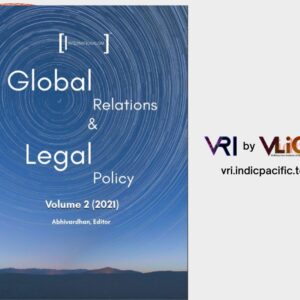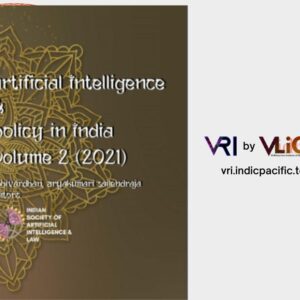This work is licensed under Creative Commons Attribution-NonCommercial-NoDerivatives 4.0 International ![]()
Between the years 2014 to 2023, a total of 54,000 Generative Artificial Intelligence related patent families were filed, and the top five inventors are located in China (38,210), the United States (6,276), the Republic of Korea (4,155), Japan (3,409), and India (1,350).
Image and video data dominate GenAI patents (17,996 inventions), followed by text (13,494 inventions) and speech/music (13,480 inventions), while molecules rapid growth is experienced in molecule, gene and protein-based data (1,494 inventions since 2014), showing a 78% average annual growth rate over the past five years.
Now, despite this unprecedented surge in GenAI patent filings, the fundamental legal infrastructure governing AI inventorship, disclosure requirements, and subject matter eligibility remains fundamentally misaligned with the technological reality these patents represent.
This requires one to ask some questions on the global AI patentability landscape per se.
While it may not be possible to have direct answers to such questions – this handbook, developed for the first time in India, addresses the understanding around Patent Law in the context of Artificial Intelligence technologies, beyond the usual public wisdom of the generative AI space, coupled with the market hype around it.
The handbook therefore explains:
Disclaimer
This handbook uniquely combines mind maps and infographics to explain complex AI and intellectual property concepts.
Unlike extensive encyclopedias or policy trackers, it’s not simply a repository of information; rather, it aims to provide a more complete and nuanced understanding of the legal challenges surrounding the use, involvement, and democratisation of AI in various classes of intellectual property, addressing potential gaps or biases in other sources.
The Global AI Inventorship Handbook’s relevance and impact aren’t limited by the hype surrounding Generative AI and language models, ensuring its value remains unaffected by fleeting trends.
| IndoPacific.App Identifier | RHB-AI-INVENT-001-2025 |
|---|---|
| ISBN/ISSN | |
| Author(s) | |
| Foreword | Vivek Doulatani |
| Publisher | |
| Publication Type | Digital |


![India-led Global Governance in the Indo-Pacific: Basis & Approaches [GLA-TR-003]](https://indopacific.app/wp-content/uploads/2023/02/sandjbwsfh-IPLR-Gmail-ADMIN-300x300.jpeg)
Already on VLiGTA? Log in
Having trouble logging in? Learner help center
This site is protected by reCAPTCHA Enterprise and the Google Privacy Policy and Terms of Service apply.